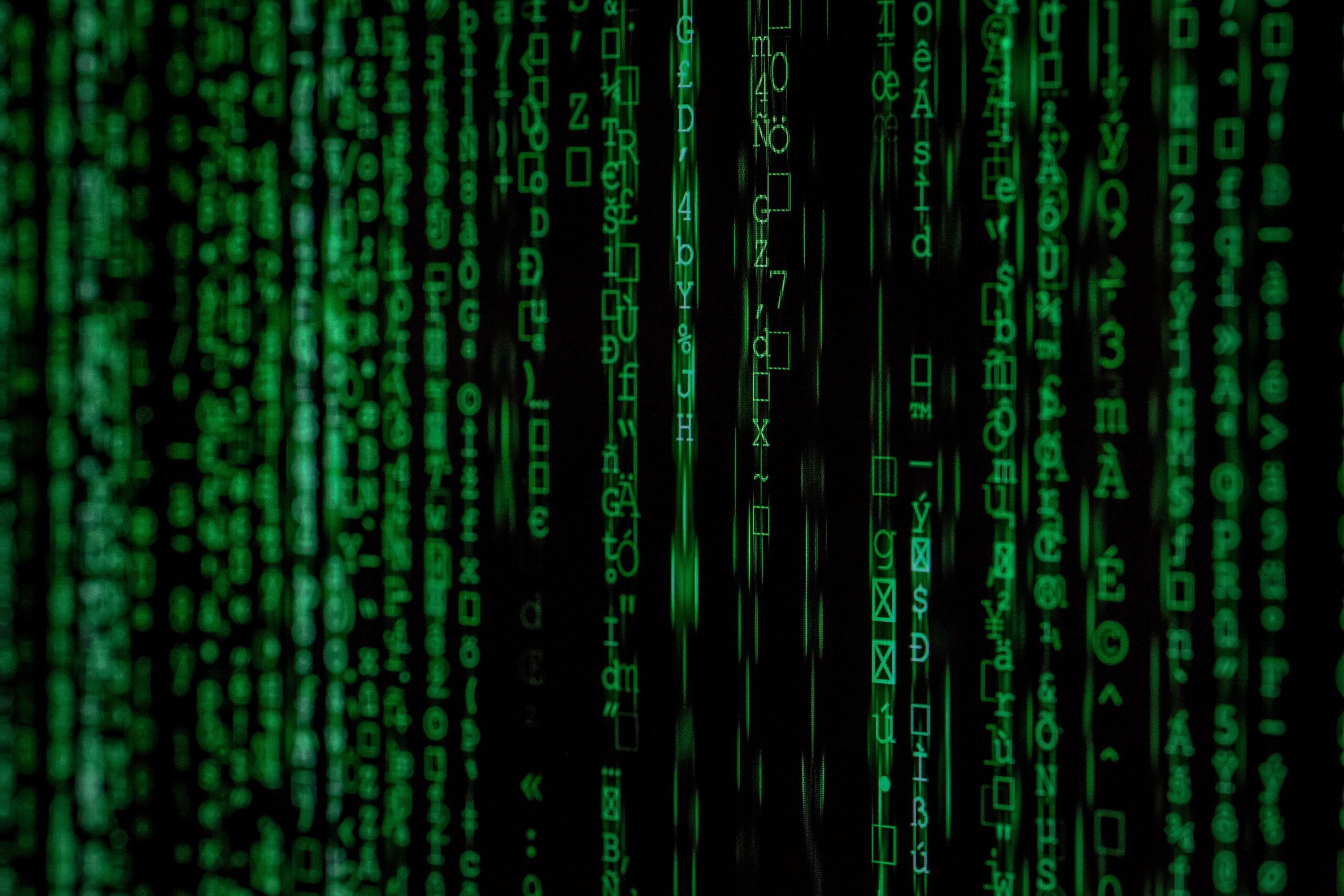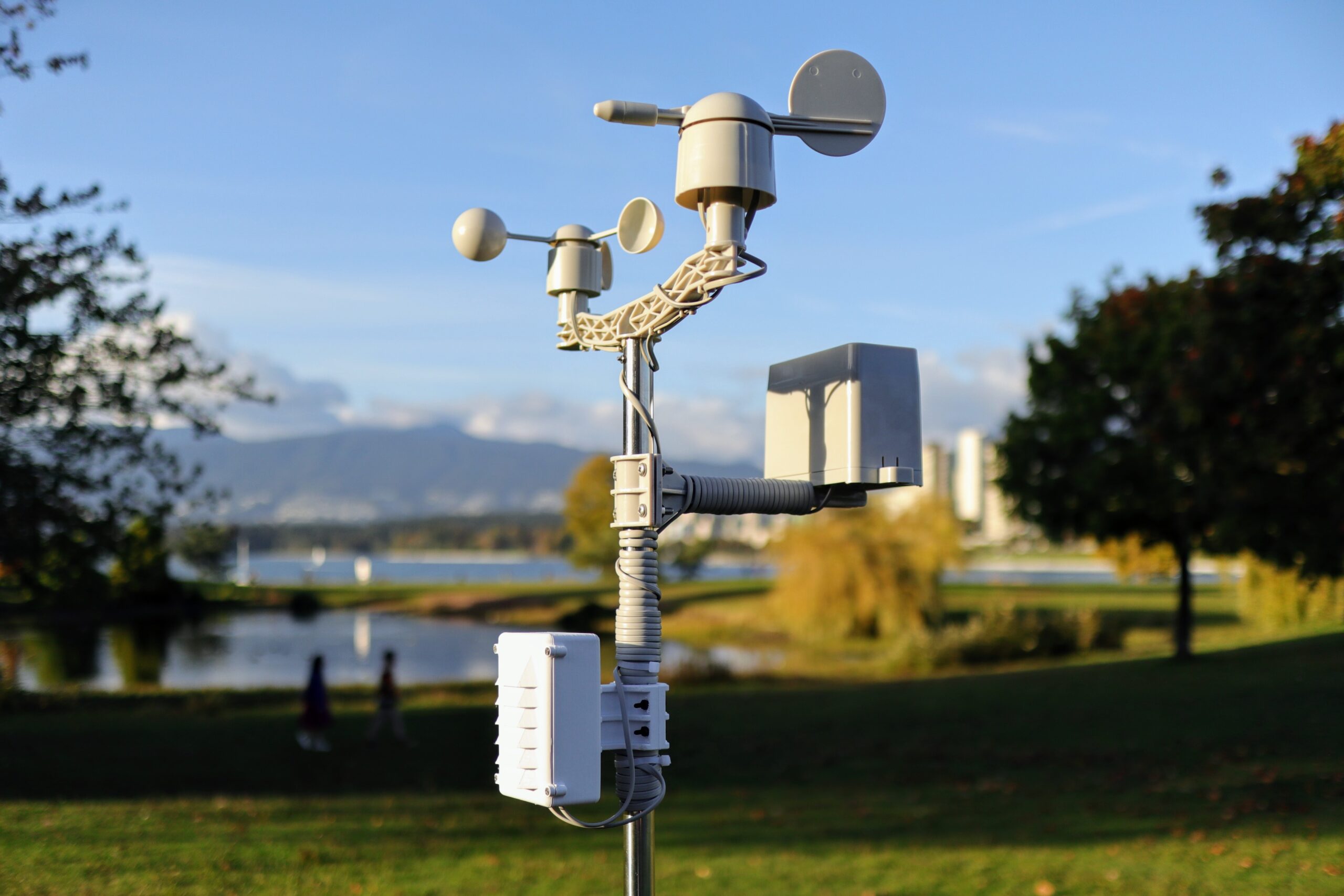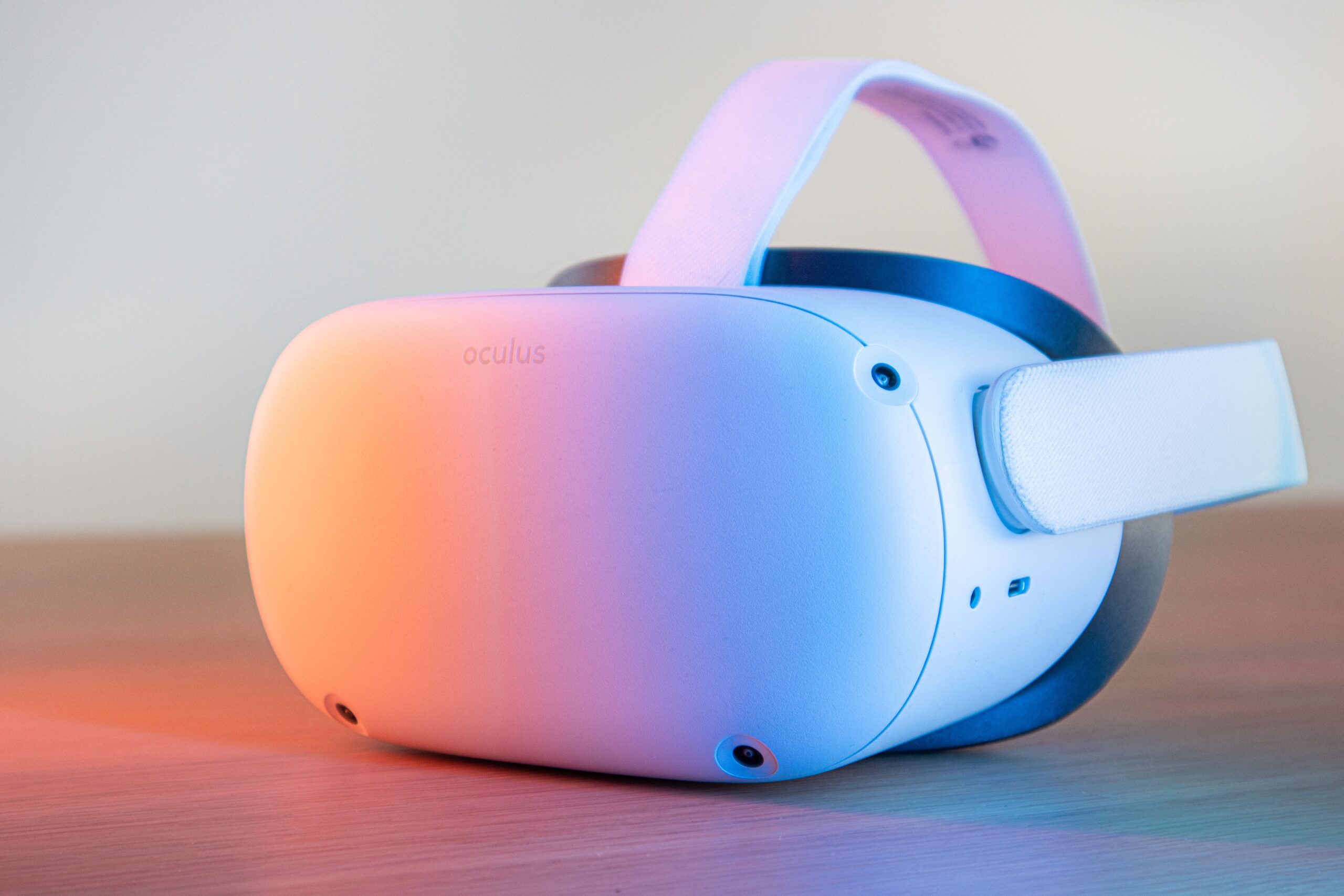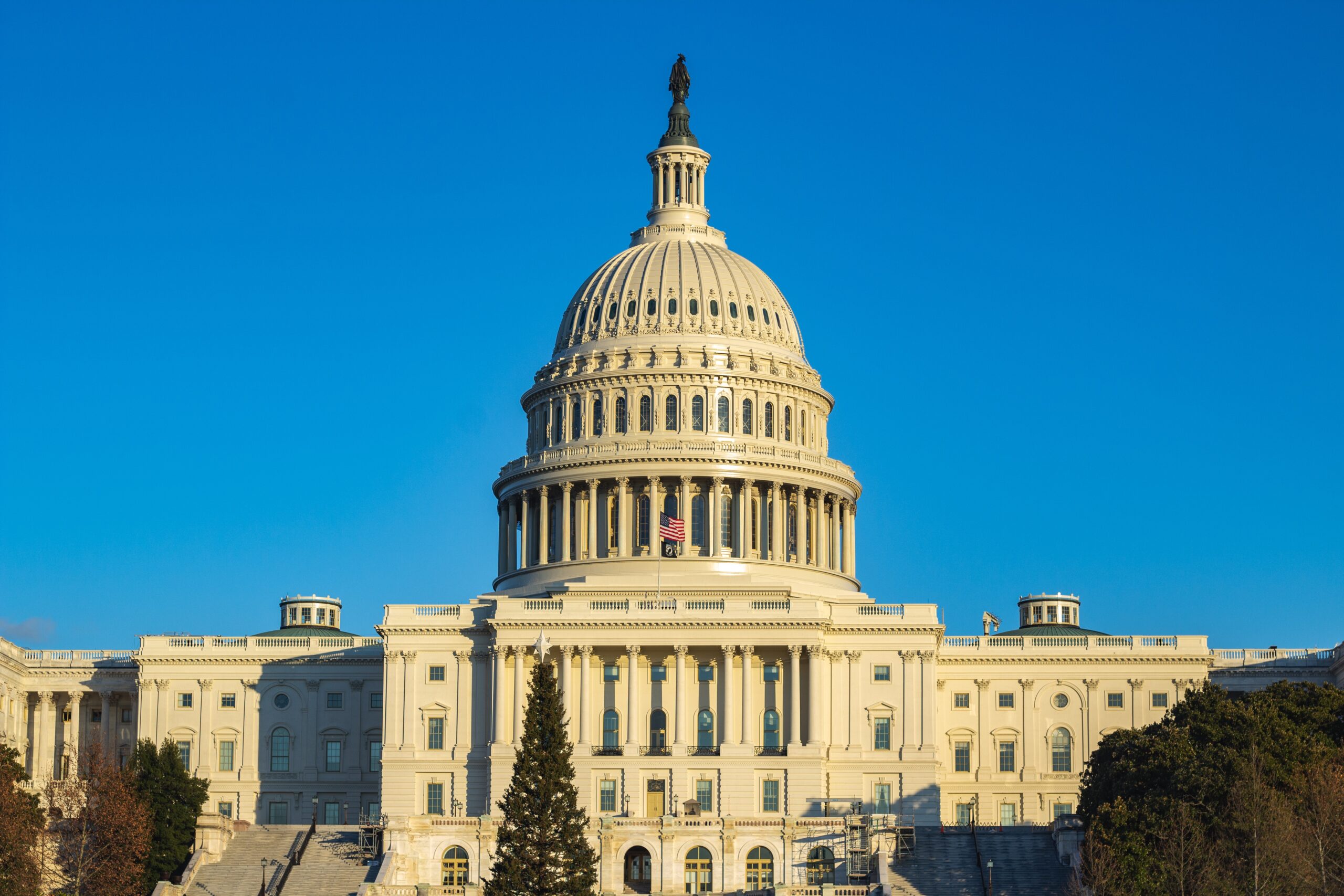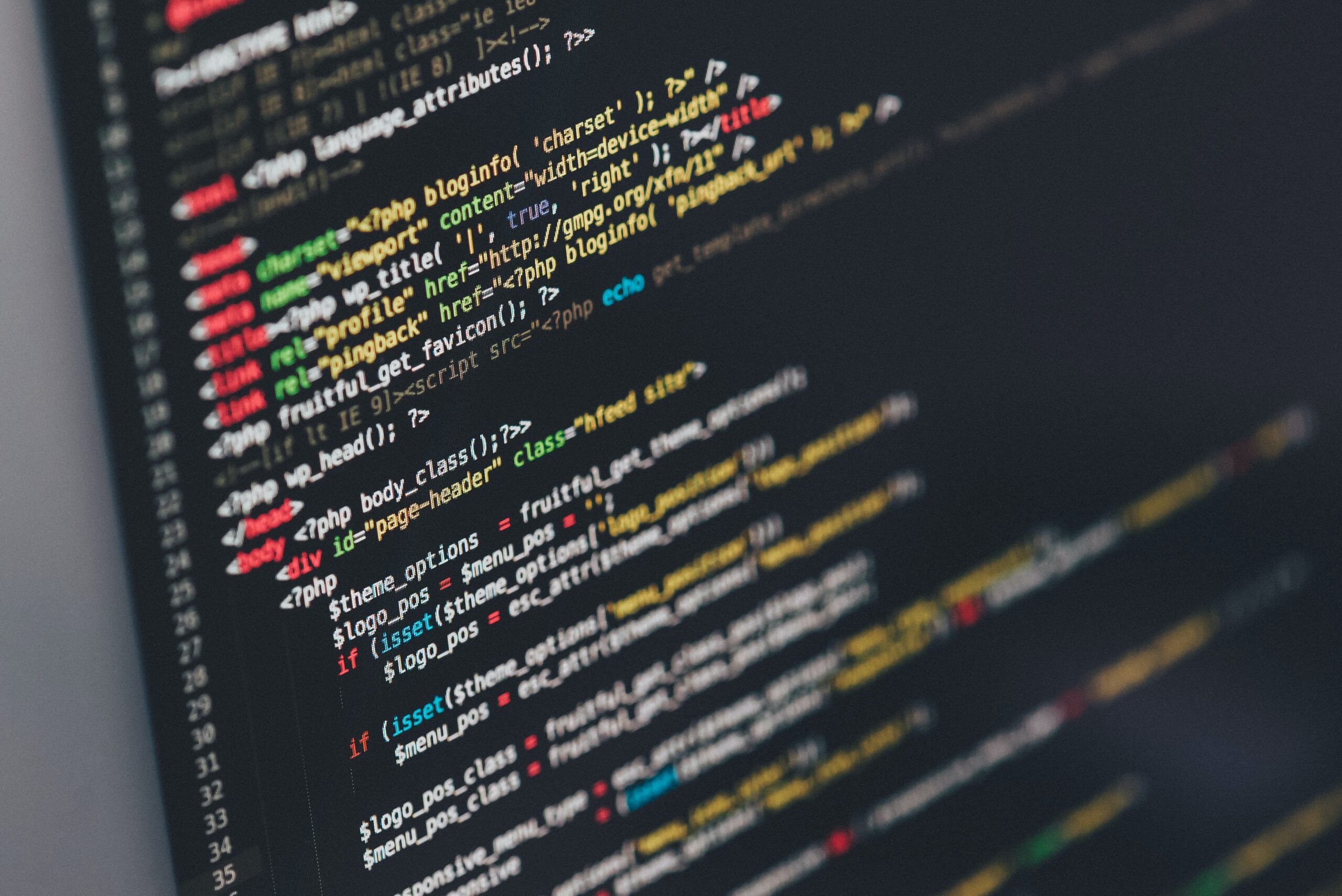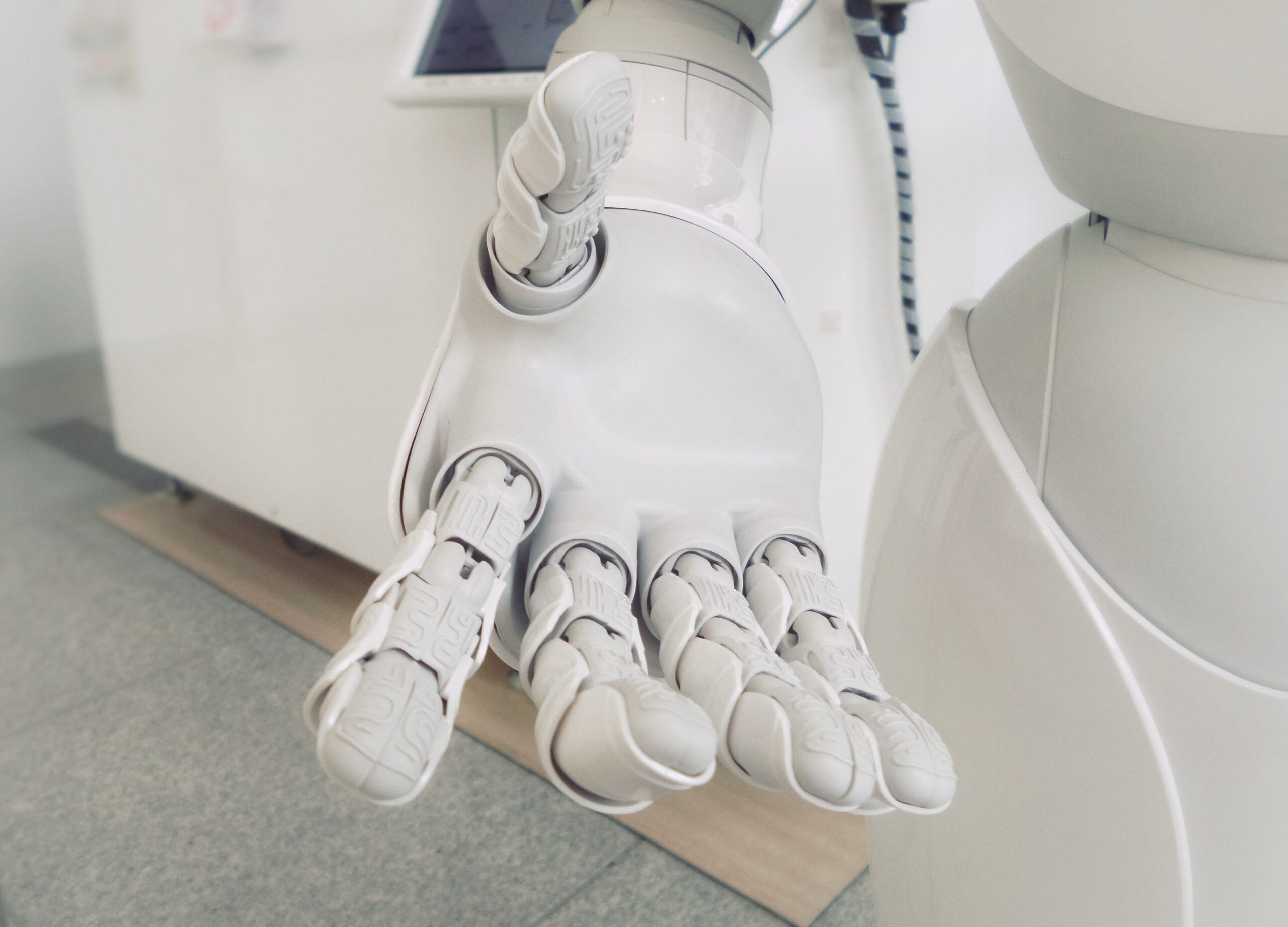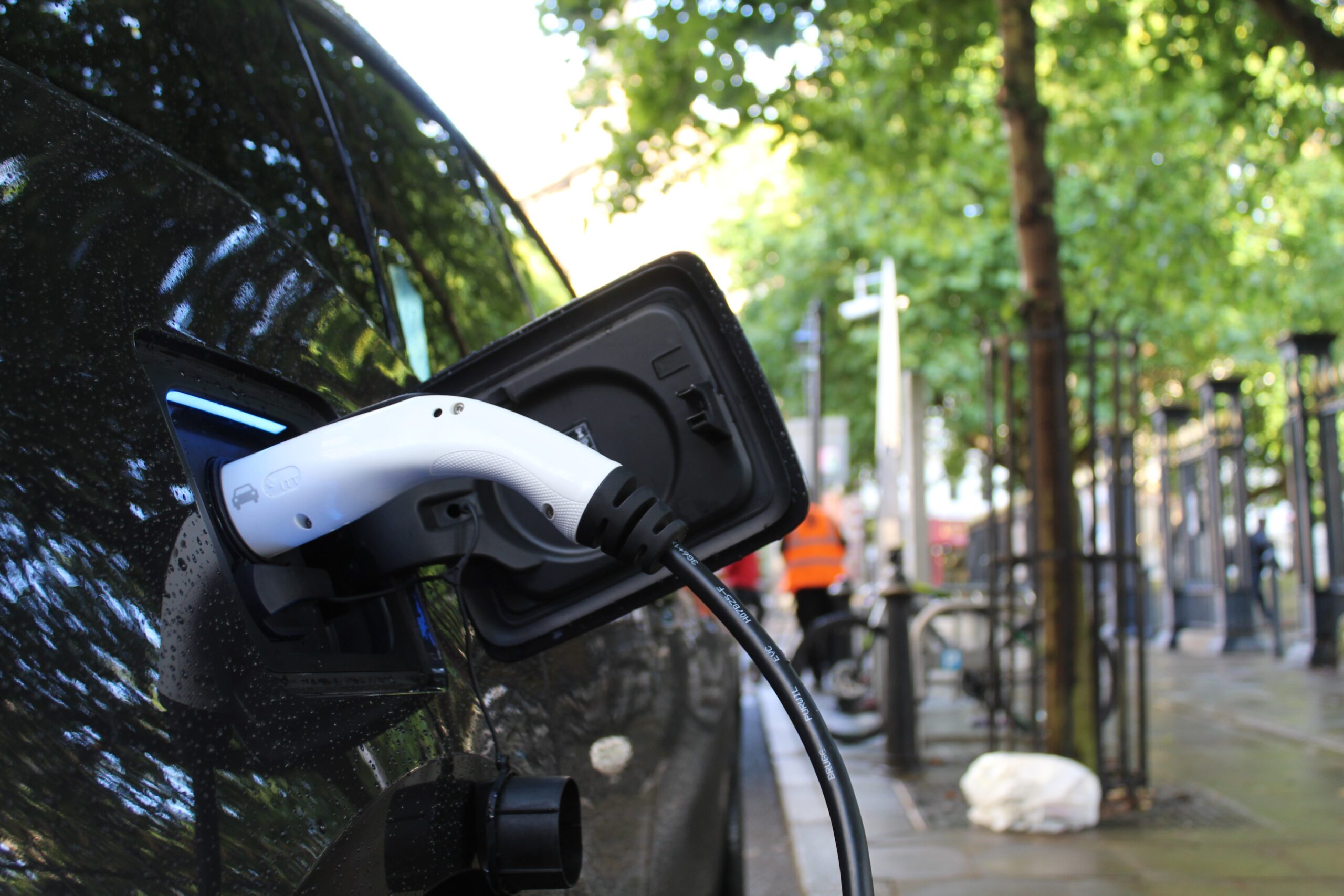Since the early inception of the metaverse, starting with the 1982 book by Neil Stevenson, “Snow Crash,” the idea of an immersive world without limitations intrigued many. This interest has been boosted by the increased online presence characterizing the Covid pandemic and Facebook’s name change to “Meta.”
There remain several questions about the metaverse, and we have addressed many of these with our previous article examining the metaverse’s relationship with programmable data. Yet there remain several more questions: Can the metaverse live up to its hype? What is it good for? And how is it distinguishable from any other virtual reality-based world?
The Metaverse’s Core Idea
The metaverse is, at its core, just a named version of the internet’s evolution to a more social, economically sophisticated, and immersive system. The tech world has two perspectives by which they believe this can be accomplished, which are in opposition to each other.
- The decentralized approach: An open and interoperable system owned by the communities that maintain it.
- The centralized approach: A centralized system that is closed and controlled by corporate mandates. This is like the current “Web 2.0” system that demands economic rents from creators, donors, and residents. Think of the Apple store that prevents some apps from being distributed and demands a cut of every app’s revenue.
Open against closed is the distinction separating these two perspectives.
A closed metaverse is a world created by a single entity and is controlled by them. They dictate rules, enforce those rules, and can decide who is excluded and why they are. We can easily imagine Meta developing this example.
In an open metaverse, individuals govern their own identities, and the collective will enforces property rights and benefits for the users. Transparent, interoperable, and permissionless, an open metaverse enables users to freely build a metaverse of their choice.
A true metaverse is an open one, where in a Web 3.0 style, the users determine what’s best.
The Seven Ingredients
We have identified seven ingredients that are required to build an open metaverse.
1. Decentralized
The overarching fundamental requirement of a healthy metaverse is that it must be decentralized. Centralized networks start as friendly and cooperative places to attract new users and developers. However, as the growth curve slows, they transition to a competitive system extracting more and demanding a zero-sum game.
Powerful intermediaries become involved in repeated violations of users’ rights and then may ultimately de-platform, or phase out a version of a metaverse, of their metaverse entirely. A decentralized platform avoids this by propagating user ownership and a healthy community.
Decentralization is critical. A centralized network stifles innovation while the opposite remains true for a decentralized counterpart. Maintaining decentralization offers the best protection against a failed metaverse.
2. Autonomous
The next ingredient of an open metaverse is the self. The first thing you should have in a virtual world is yourself. A person’s identity must persist when crossing the real-to-virtual threshold and across the metaverse.
Identification is established by authentication, confirming who we are, what we can access, and what information we can provide. This is currently done through an intermediary that conducts the process using solutions like single sign-on (SSO).
Leading tech giants of today (i.e., Google and Meta) built their companies on user data. They collected it by analyzing people’s activity and developing models to provide more relevant and effective marketing.
Cryptography, which is at the heart of Web 3.0, allows users to authenticate without relying on a central intermediary. Users govern their identity directly or with the support of a chosen service. Crypto wallets (i.e., Metamask or Phantom) can be used for identity authentication. Open-source protocols such as EIP-4361 (Sign-in with Ethereum) or ENS (Ethereum Name Service) can be used by projects to build a decentralized system securing identity.
3. Property Rights
The most popular video games of today make money from the sale of in-game items: skins, weapons, emotes, and other digital things. People who buy these are not really purchasing them but instead renting them. If the game shuts down or unilaterally changes the rules, the players will lose access to their purchases.
While we are used to this Web 2.0-based system, digital assets could be genuinely “owned,” transferred, sold, and or taken outside of games. The same logic of what is owned in the physical world can be applied to the digital world. When you buy something, you take ownership. It really is that simple.
These ownership rights should be enforced in the same fashion that courts enforce them in the real world. Digital property rights were not a possibility before the advent of encryption, blockchain, and complementary advances like NFTs. The metaverse can turn a digital serf into a landowner.
4. Flexibility
The mixing and matching of software components in the same way that Legos can be combined is called composability. Each software component is written once, and then it is reused.
This system is analogous to Moore’s law, or the way interest compounds. The exponential potential that such a system provides has shaped the worlds of finance and computing. It can be applied to the metaverse.
Promoting metaverse composability, which is closely related to interoperability, requires a high-quality foundation with open technical standards. With Web 2.0, developers build digital goods and novel experiences using a system’s foundational components, like those found in Roblox and Minecraft.
However, using those goods or experiences outside their native settings is more complicated or impossible. Companies offering embeddable services like Twilio’s communications or Stripe’s payments work across multiple websites and apps, but don’t allow developers to change or alter their code. Composability enables developers to use and modify the underlying codes, similar to open source.
Decentralized finance (DeFi) is a fairly good example of composability and interoperability. Anyone can adapt, change, recycle, or import the underlying code. Further, engineers can work on live programs, such as Uniswap’s automated market-making exchanges or Compound’s lending protocols, using the memory of Ethereum’s shared virtual computing system.
5. Open Source
Composability is not possible without open source. The finest programmers and producers, not platforms, deserve absolute control so that they may be truly innovative. This way, developers can achieve their goals of creating more sophisticated and trustworthy experiences when codebases, algorithms, protocols, and marketplaces are accessible to all.
This openness produces better software, heightened transparency with economic arrangements, and closes information gaps. All these features aid in the development of more egalitarian and equitable systems that align all network participants. Such systems can make many securities laws obsolete, which were designed to address the principal-agent dilemma and asymmetric commercial knowledge.
6. Community Ownership
When a single entity owns and controls a virtual world, it provides limited escapism without offering a truly virtual experience—like a theme park. Users and programmers must not be forced to adhere to the possibly arbitrary rules of centralized management. All stakeholders should have a say in a metaverse’s governance.
Community ownership is the ingredient that brings together all network players: builders, investors, creators, and consumers. The metaverse, using blockchain and ownership tokens, can provide this level of coordination.
Web 3.0’s decentralized autonomous organizations (DAOs) have taken this idea to heart. They are moving away from the rigidity of corporate institutions and toward more flexible, democratic, and informal governance models. DAO communities can be constructed, governed, and pushed forward by their users rather than through centralized bodies.
7. Total Social Involvement
Tech companies would like you to believe that virtual reality (VR) and augmented reality (AR) hardware are essential components of the metaverse. They are not necessary but are instead modern Trojan Horses. The tech giants see this hardware as their pathway to being your primary provider of 3D. Yet, the theme park analogy also applies here.
The metaverse does not require VR or AR. The best manifestation of the metaverse demands social immersion. The metaverse enables activities and interactions that are more important than the hardware. People are there to interact, mingle, cooperate, and have fun from anywhere in the real world, as is done with Twitter Spaces, Discord, and Clubhouse.
Covid-19 showed us the need for more immersive experiences. For example, zoom replaced text chatting. FaceTime and Google Meet entered the market by storm.
Closing Thoughts
While companies have started building metaverses, any virtual environment that lacks the above ingredients cannot be considered a fully developed metaverse. Web 3.0 is required to achieve the greatest potential inherent to the word metaverse.
The metaverse is built with openness and decentralization as its core principles. Self-autonomy and property rights must endure the influences of centralized powers and do require decentralization to flourish. With collective ownership, the metaverse avoids the pitfalls of unilateral ownership. With collective ownership, innovation flourishes.
Disclaimer: The information provided in this article is solely the author’s opinion and not investment advice – it is provided for educational purposes only. By using this, you agree that the information does not constitute any investment or financial instructions. Do conduct your own research and reach out to financial advisors before making any investment decisions.
The author of this text, Jean Chalopin, is a global business leader with a background encompassing banking, biotech, and entertainment. Mr. Chalopin is Chairman of Deltec International Group, www.deltecbank.com.
The co-author of this text, Robin Trehan, has a bachelor’s degree in economics, a master’s in international business and finance, and an MBA in electronic business. Mr. Trehan is a Senior VP at Deltec International Group, www.deltecbank.com.
The views, thoughts, and opinions expressed in this text are solely the views of the authors, and do not necessarily reflect those of Deltec International Group, its subsidiaries, and/or its employees.
